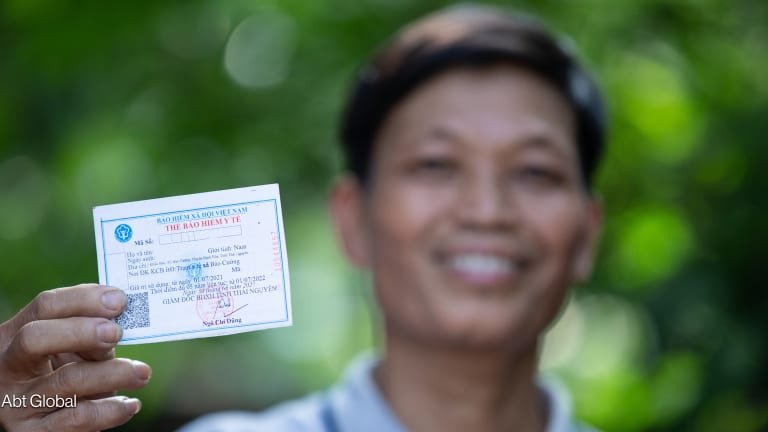Sexual and reproductive health and rights, or SRHR, are under threat around the world, with young people in particular bearing the brunt. If governments want to protect and enhance the well-being of their nation’s youth, which includes SRHR, they must give young people seats at the table.
Globally, we are witnessing SRHR under threat. Recently in Kenya, there were plans under the now-revoked Kenya Finance Bill 2024 to introduce taxes for essential items such as menstrual hygiene products. In the United States, Roe v. Wade was overturned, ending the constitutional right to abortion. In Hungary, a law was passed to ban schools from teaching about homosexuality and transgender issues. We are also seeing a rise worldwide in conservative populist politicians who want to undo hard-won freedoms and rights in the areas of gender and sexuality.
Simultaneously, the youth population around the world is quickly growing, with the United Nations stating that 16% of the world population is between 15 and 24 years old. That’s a staggering 1.2 billion young people worldwide. These “youth bulges” are even more pronounced in certain countries. In Kenya, over 80% of the population is 35 years old or younger, while India holds the record for the largest youth population, with more than 808 million people under 35 — more than 65% of its inhabitants.










